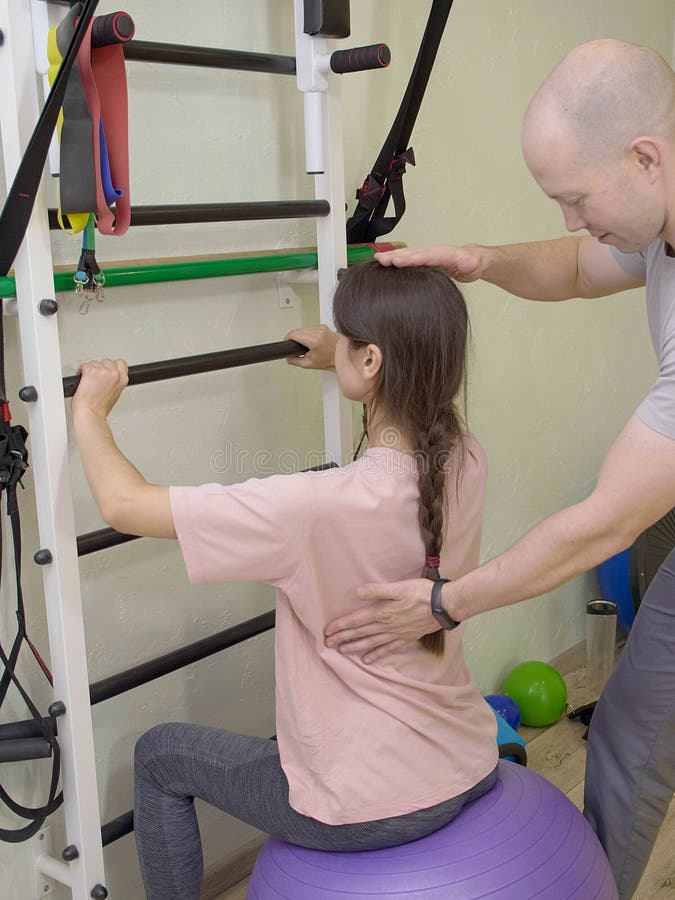Chronic discomfort affects countless of individuals worldwide, affecting their daily lives and well-being. Although medication and a variety of treatments can assist ease discomfort, PT has become as a vital method to treating and lessening chronic pain. Through tackling the root causes, promoting movement, and teaching patients how to manage their discomfort, PT holds a significant role in improving quality of life for those experiencing from chronic pain syndromes.
In this article, we will explore the many facets of physical therapy and its efficacy in chronic pain management. Starting with grasping what physical therapy involves to uncovering the advantages it offers beyond rehabilitation, we will cover essential information that can assist you decide if this treatment is right for you. Whether you are dealing with arthritis, sciatica, or post-surgery recovery, PT provides customized programs designed to enhance mobility, flexibility, and overall physical health. Join us as we investigate how physical therapy can significantly help in treating chronic pain.
Understanding Physical Therapy and The Advantages
Physiotherapy is a focused healthcare profession dedicated to the analysis and treatment of a diverse spectrum of physical conditions through physical activity and rehabilitation. It strives to enhance movement, re-establish function, and ease pain, rendering it essential for individuals facing persistent pain or recovering from injuries. Using various techniques such as physical exercises, hands-on therapy, and modalities like thermal therapy or ice packs, physical therapists assist patients regain strength and improve their overall physical skills.
A key significant benefits of rehabilitation is the tailored approach. Every treatment plan is designed to address the individual requirements of the patient, addressing not only their complaints but also the fundamental causes of their pain. This personalized focus enhances the efficacy of the therapy, ensuring that not just experience relief but also acquire the abilities necessary to handle their circumstance on their own. In addition, physical therapy equips patients by informing them about their bodies and the issues contributing to their pain.
In addition to alleviating pain, rehabilitation offers many gains that surpass healing. It can enhance mobility and adaptability, boost alignment, and support overall wellness. Through the integration of rehabilitation into a wellness routine, individuals can prevent potential harm and address long-term issues such as rheumatism or nerve pain more efficiently. Overall, physical therapy plays a significant role in encouraging a better and more active lifestyle, which makes it an essential resource for anyone dealing with mobility challenges or chronic pain.
### Physiological Therapy in Chronic Pain Control
Chronic discomfort impacts thousands of individuals globally, commonly resulting in a diminished quality of life. Therapeutic treatment plays key role in controlling chronic pain by focusing on mobility and function. By using personalized exercises and techniques, therapists help individuals recover movement, build up muscle strength, and boost functional abilities. This specific approach not only tackles the immediate signs of discomfort and also helps to identifying and managing the root issues, promoting long-term relief.
One of the key methods therapists utilize to treat persistent discomfort is through specialized fitness plans designed to increase strength and range of motion. These workouts can be gentle and gradual, allowing clients to increase resilience and not exacerbating their discomfort. Moreover, therapeutic treatment often utilizes methods such as heat, cold therapy, ultrasound, and electrical stimulation, to alleviate reduce pain and minimize inflammation. Through the provision of a combination of hands-on treatment methods and guidance on body mechanics, therapists empower individuals to handle their pain control.
In addition to just physical improvements, therapeutic treatment also emphasizes the emotional factor of managing persistent discomfort. Grasping the connection between physical feelings and emotional health can create a superior means of coping for clients. Therapists collaborate with individuals to formulate customized coping strategies and encourage mindfulness, permitting them to manage their discomfort with greater success. This comprehensive approach secures that controlling chronic pain becomes a diverse undertaking, tackling both physical challenges and emotional well-being.
Targeted Techniques in Physical Therapy
Physical therapy encompasses a range of focused techniques designed to address the unique requirements of individual patients. One notable method is manual techniques, which involves physical techniques to manipulate muscles and soft tissues. have a peek at this web-site aims to alleviate pain, boost mobility, and improve overall physical function. By applying techniques like joint mobilization and soft tissue mobilization, therapists can offer targeted relief for particular conditions, making it an crucial tool in the care of both chronic pain and acute injuries.
Another, specialized approach is aquatic therapy, which utilizes the benefits of water to help in rehabilitation. The floatation of water reduces stress on the joints, making it more feasible for individuals with chronic pain or mobility issues to participate in physical activity. Aquatic therapy can encourage movement, enhance range of motion, and build strength without the risk of injury that often is associated with traditional land-based exercises. This method is particularly helpful for individuals with arthritis, fibromyalgia, or post-surgical recovery, assisting them achieve their physical therapy goals in a nurturing environment.

Finally, pediatric physical therapy is a dedicated field dedicated to helping children overcome developmental, orthopedic, or neurological challenges. Through play-based activities and tailored exercises, pediatric physical therapists work to develop motor skills, coordination, and strength in young patients. Addressing physical therapist the woodlands enables children thrive and develop abilities that will support their growth and independence throughout their lives. By using age-appropriate techniques, pediatric physical therapy plays a crucial role in early intervention and ongoing support for children confronting various physical challenges.
